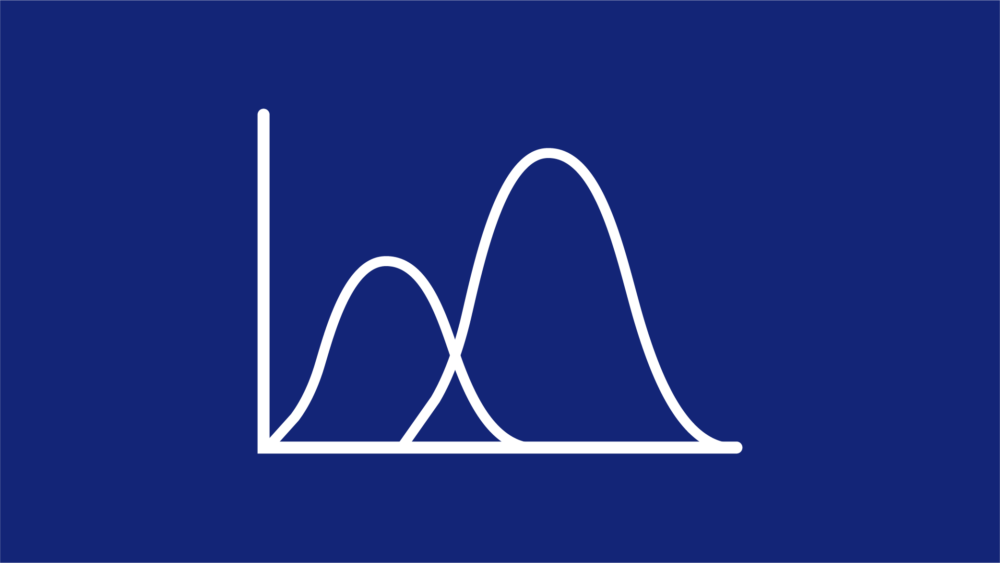About the Pourbaix Diagram Module
The Pourbaix Diagram Module is a module included in all Thermo-Calc installations that makes it easy to calculate Pourbaix diagrams, also known as Eh-pH diagrams. A Pourbaix diagram is based on thermodynamic equilibrium under varying electrochemical conditions. For a certain system, it shows the stability boundaries for solid, gaseous, and aqueous interactions.
Such data gives important information about the corrosion resistance of metal alloys, but also has much wider applicability. In fact, it gives important information for all situations where water interacts with solids to form aqueous solutions, for example, in geology and environmental science.
The plot shows a Pourbaix diagram for austenitic steel with 7 at% Cr and 5 at% Ni and NaCl 3 mol/liter, at 200°C and 100 bar (from Shi et al. 2011).

Predict Materials Corrosion Resistance
Questions the Pourbaix Diagram Module Can Help You Answer
The Pourbaix Diagram Module Allows You to Calculate
About Pourbaix Diagrams
The Pourbaix diagram is an ordinary potential phase diagram for H2O and selected contents of the additional components. The axes are the thermodynamic potentials: pH and Eh. The diagram is sectioned at the temperature and pressure of interest, usually 25°C and 1 bar, and projected down on the pH-Eh plane. If there were no other components in addition to H2O, the diagram thus would have the same topology as an ordinary potential phase diagram, in other words, areas represent one-phase regions, lines two-phase, and points three-phase equilibrium, as shown in the figure. When there are additional components, areas may represent more than one phase and lines more than two phases, and so on.
It is common in literature to include in the Pourbaix diagram information that the dominating aqueous species is on in different parts of the diagram. This is known as a so-called predominance-area diagram. One would then add lines denoting when two species have the same concentration. Such lines are not included in the Pourbaix diagrams calculated in Thermo-Calc. However, it is fairly easy to plot the content of different species along the calculated phase boundaries with the Pourbaix Diagram Module.
In an area where only the aqueous solution is stable, one expects full corrosion. Areas in which the metallic alloy is stable represent immunity, in other words, the aqueous phase cannot dissolve the alloy and there is no corrosion. Areas where there are also various solid compounds represent different degrees of corrosion resistance. It is known that some oxides, for instance, Hematite and Corundum, form protective oxide scales that stop further corrosion. This is called passivation.

Pourbaix diagram for pure water at 25°C and 1 bar
Databases
Learn More about the Pourbaix Diagram Module
Learn how Thermo-Calc can be used to make a Pourbaix diagram for a 304 Stainless Steel in this free lesson from our Learning Hub
Thermodynamic investigations on materials corrosion in some industrial and environmental processes
See examples of how the Pourbaix Diagram Module is used in applications for corrosion.






